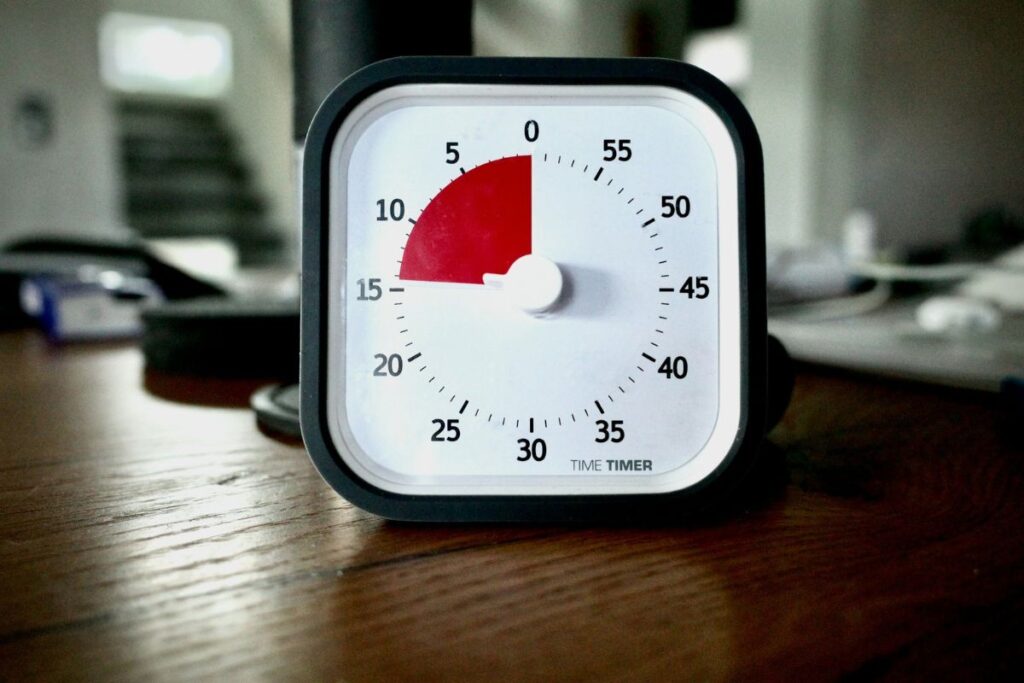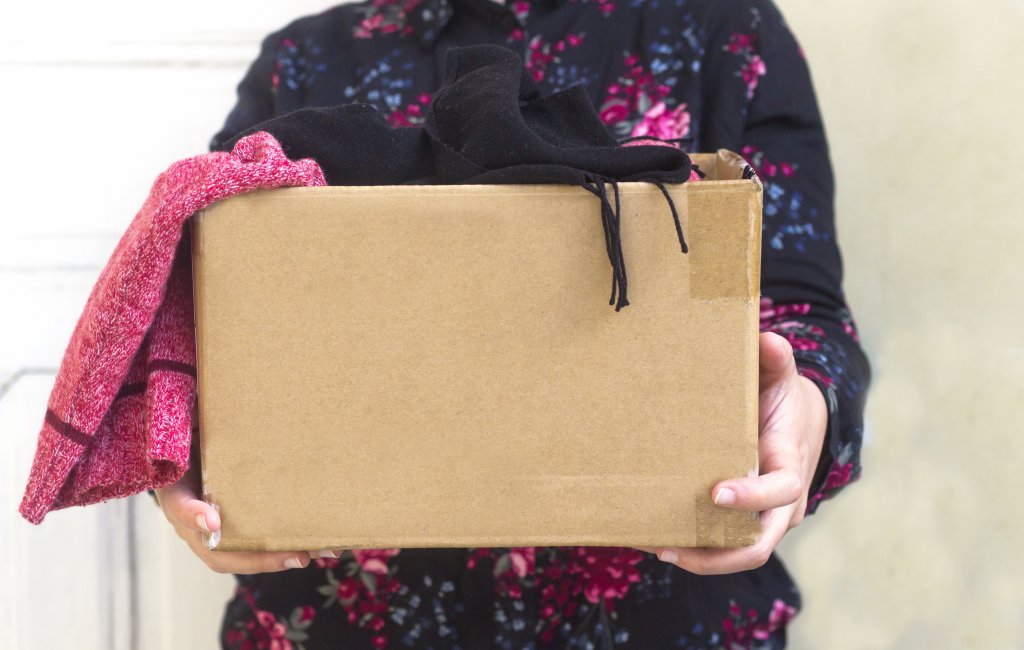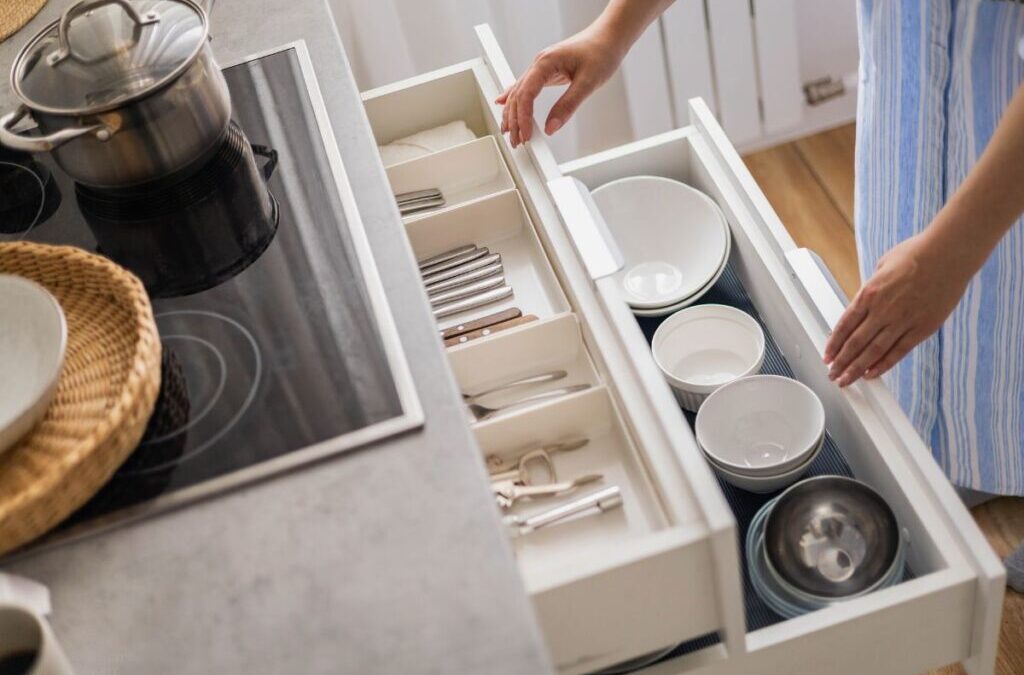Inside: Discover seven small steps to help ease you into the decluttering process. Sometimes you need a little direction to get started.
Decluttering your home can feel like a huge, overwhelming task.
Piles on counters, closets bursting at the seams, messy drawers and cupboards – where do you even begin?
Figuring out where to start can be such a daunting task because it’s easy to get stuck in a cycle of “I’ll start tomorrow” or “I need an entire weekend to really make progress,” only to find yourself months down the road with little to no change.
But what if you didn’t need to overhaul your entire home all at once? What if the process of letting go could be simple, gentle, and stress-free?
The truth is, decluttering doesn’t have to be an all-or-nothing project. You can absolutely ease into it with small, intentional steps.
By breaking the process down into bite-sized, manageable actions, you’ll build momentum and confidence – and you’ll minimize your risk for burnout.
Whether you’re new to the idea of minimalism, trying to create a calmer space, or just tired of letting clutter disrupt your peace at home, these small but powerful steps can help guide you forward.

7 Small Steps to Ease You Into the Decluttering Process
Try some of these small steps to ease you into the decluttering process. Simplifying doesn’t have to feel overwhelming.
1 – Start With One Drawer
Don’t underestimate the power of a single drawer.
It’s a quick win and a manageable space to tackle without stress – and chances are, you’ve got at least one of them at home that qualifies as cluttered. Choose one that you use often, like a kitchen junk drawer or your nightstand.
Pull everything out and sort items into categories: keep, toss, donate, or relocate. Take the time to clean the inside of the drawer before putting items back.
As you do this, ask yourself whether each item truly serves a purpose. You’ll likely find expired coupons, broken pens, and miscellaneous items that you no longer use.
This small act of micro decluttering can bring an unexpected sense of relief and motivate you to keep going.

2 – Try a 10 Minute Timer
Decluttering doesn’t have to take hours. You can actually make some pretty meaningful progress in a short amount of time if you have a clear goal in mind and stay focused.
Setting a timer for just 10 minutes can help you stay on track without feeling overwhelmed.
Pick one area, like a bookshelf, bathroom cabinet, or the top of your dresser, and commit to working on it until the timer goes off. The time limit creates a boundary that makes the task feel doable.
If you struggle with perfectionism or procrastination, this method helps bypass those mental blocks. And more often than not, you’ll find that you keep going even after the timer ends.
Getting started is the hardest part for many of us, and once you’ve overcome that initial barrier, it’s easy to continue.
Check out these easy 10-minute decluttering tasks that will have big results in your home.

3 – Create a Temporary “Maybe” Box
One of the biggest decluttering hang-ups is uncertainty. What if you need that item later? What if you regret giving it away? Convincing yourself to part with your belongings is often the hardest part of decluttering and can leave you feeling stuck.
The “maybe” box offers a guilt-free pause in the process. Label a box and place items inside that you’re unsure about.
Store the box out of sight in a closet, garage, or storage area. Set a reminder to revisit it in 30 to 90 days.
If you haven’t thought about or needed any of the items during that time, it’s a clear sign they can be donated or discarded.
This strategy helps you practice letting go without feeling pressured to decide immediately. As time goes on and you make more decisions, you will grow in confidence and likely won’t feel the need to continue using a maybe box indefinitely.

4 – Make Decluttering a Daily Habit
Like brushing your teeth or doing dishes, decluttering becomes easier when it’s a habit and is part of your routine.
Try setting aside just 5 minutes at the same time each day – maybe right after breakfast or before you go to bed.
Use this time to do a quick scan of a room, put things back where they belong, or remove one or two items you no longer need.
Keeping it short prevents decision fatigue and builds consistency. Over time, these small moments of effort can add up to noticeable changes in your home.

5 – Use the One In, One Out Rule
Mindful consumption is just as important as letting go. An easy way to stay on top of clutter is to follow the “one in, one out” rule: for every new item that enters your home, one item must leave.
This rule helps you evaluate the necessity of new purchases and encourages intentional ownership.
When you bring in a new shirt, remove one that’s worn out or no longer loved. The same applies to books, toys, kitchen tools, and even digital files.
This practice creates balance and prevents you from undoing your progress.

6 – Set Up a Donation Station
Make it easy to declutter on the fly by setting up a designated donation box or bin somewhere in your home. Label it clearly and encourage everyone in your home to use it when they come across items they no longer need.
Having a visible, easily accessible place to put things you’re letting go of removes friction from the process. When the box is full, take it to a local charity or donation center.
This ongoing system supports a decluttered lifestyle and makes letting go a more regular and less emotional event.

7 – Make a Decluttering List
Some cluttered spaces or categories (like kids’ toys or paper clutter) can feel too big to tackle in one go. Keep a running list of areas you’d like to declutter, and check them off one at a time.
This list acts as a roadmap and breaks your overall decluttering project into smaller, achievable goals. It also gives you a sense of control and satisfaction as you cross items off.
Whether you’re focused on addressing one cabinet or an entire room, having a clear plan keeps you focused and reduces overwhelm.
You can keep this list in a personal notebook or in an app on your phone. Or, if you’re hoping to involve your family in the decluttering process, put it in a public space – tape it to the fridge, or use a whiteboard in a central location to track decluttering to-dos.
Decluttering can feel like an overwhelming job, but using these small steps can painlessly ease you into the process.
Which of these small steps to ease you into the decluttering process will you try first? Leave a comment and let me know what you think!
Sign up on the form below to get weekly decluttering tips sent straight to your inbox. You’ll also get the free Your Home Decluttered Jumpstart which includes 100 easy items to declutter and 12 high-impact areas to declutter in 10 minutes.

